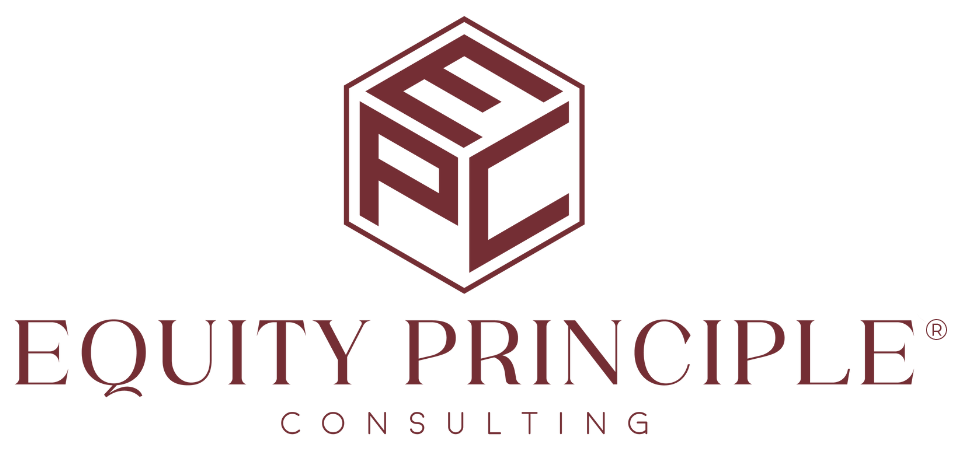Why Operational Clarity is Essential for Growth in 2025
Growth in today’s fast-paced business environment isn’t just about having innovative ideas or skilled teams. Success in 2025 will demand operational clarity – a focused approach to aligning systems, processes, and organizational goals to achieve efficiency, adaptability, and long-term impact.
Why Operational Clarity Matters
Operational clarity is the foundation of a thriving organization. When teams see how their efforts contribute to overarching goals and when systems work harmoniously, businesses can:
- Eliminate Inefficiencies: Disconnected operations waste time, energy, and resources. Clear, purpose-driven processes ensure that every action supports the organization’s mission.
- Proactively Manage Risks: Defined systems and workflows help companies identify and mitigate potential vulnerabilities in compliance, cybersecurity, and AI integration.
- Improve Decision-Making: With transparent goals and metrics, leaders can make faster, more informed decisions, driving strategic agility and more substantial outcomes.
Is Your Organization Lacking Clarity?
Symptoms of unclear operations can show up in subtle and not-so-subtle ways, such as:
- Siloed teams with limited visibility into the organization’s broader mission.
- Technology tools that don’t communicate effectively create operational bottlenecks.
- Misalignment between leadership priorities and the day-to-day efforts of employees.
Steps to Align Systems with Organizational Goals
Building operational clarity requires intentional focus in these three areas:
- Integrate Systems for Cohesion Fragmented tools and technologies can drag on collaboration and efficiency. Conduct regular assessments to ensure systems are aligned and capable of scaling with your goals, especially as reliance on AI-powered solutions grows.
- Foster Transparent Communication Employees perform best when they understand how their contributions impact the bigger picture. Invest in clear communication strategies that connect every role to the organization’s mission and values.
- Apply Human-Centered Design Operational clarity isn’t just about processes; it’s also about people. Use human-centered design principles to create systems prioritizing user experience, ensuring that tools and workflows empower employees rather than hinder them.
The Payoff of Operational Clarity
Organizations that commit to operational clarity experience tangible benefits, such as:
- Enhanced Performance: Clear objectives and well-designed processes boost productivity and morale.
- Cost Efficiency: Streamlined operations cut unnecessary expenses and improve profitability.
- Adaptable Growth: Companies with aligned operations are better positioned to respond to new opportunities and challenges.
A Roadmap for Growth in 2025
Operational clarity is more than a buzzword; it’s a competitive advantage. Businesses can thrive in an increasingly complex market by aligning systems, fostering communication, and embracing a people-first approach. Leaders who prioritize clarity will reduce risks and create scalable frameworks for sustained success.

